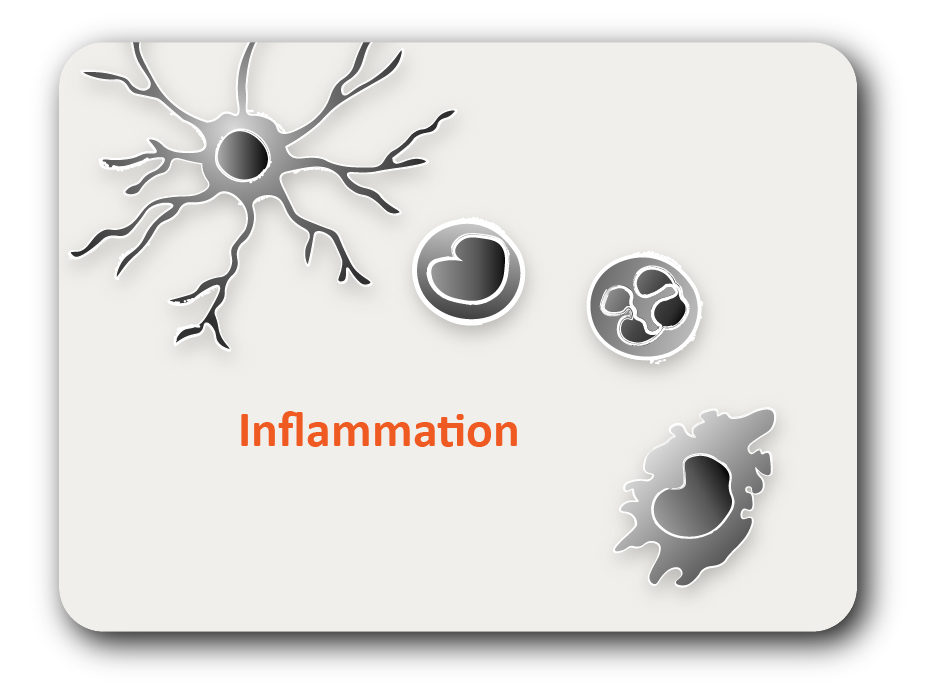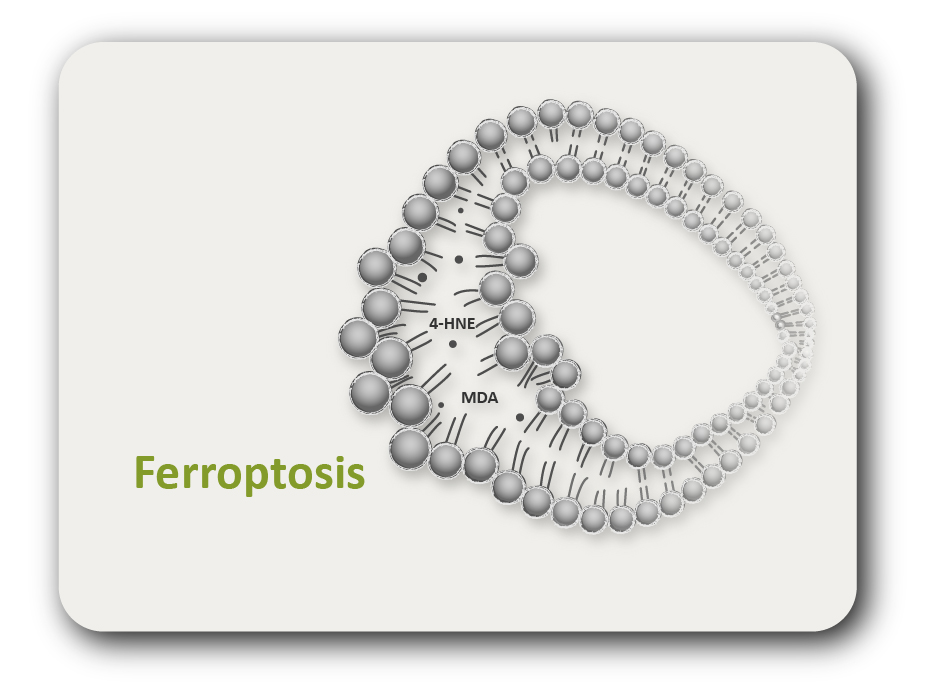ARG65321
anti-beta III Tubulin antibody
anti-beta III Tubulin antibody for Western blot and Human
Controls and Markers antibody; Neuroscience antibody; Signaling Transduction antibody; Neuron Development Study antibody; Neuronal Cytoskeletal antibody; Neurite Marker antibody
概述
| 产品描述 | Goat Polyclonal antibody recognizes TUBB3 |
|---|---|
| 反应物种 | Hu |
| 预测物种 | Ms, Rat, Cow, Pig |
| 应用 | WB |
| 特异性 | This antibody is expected to recognize isoform 1 (NP_006077.2) only. |
| 宿主 | Goat |
| 克隆 | Polyclonal |
| 同位型 | IgG |
| 靶点名称 | beta III Tubulin |
| 抗原物种 | Human |
| 抗原 | Peptide with sequence C-DPSGNYVGDSD, from the internal region (near N terminus) of the protein sequence according to NP_006077.2. |
| 偶联标记 | Un-conjugated |
| 別名 | CDCBM1; Tubulin beta-4 chain; Tubulin beta-3 chain; CFEOM3A; Tubulin beta-III; TUBB4; CDCBM; CFEOM3; FEOM3; beta-4 |
应用说明
| 应用建议 |
|
||||
|---|---|---|---|---|---|
| 应用说明 | WB: Recommend incubate at RT for 1h. * The dilutions indicate recommended starting dilutions and the optimal dilutions or concentrations should be determined by the scientist. |
属性
| 形式 | Liquid |
|---|---|
| 纯化 | Purified from goat serum by antigen affinity chromatography. |
| 缓冲液 | Tris saline (pH 7.3), 0.02% Sodium azide and 0.5% BSA. |
| 抗菌剂 | 0.02% Sodium azide |
| 稳定剂 | 0.5% BSA |
| 浓度 | 0.5 mg/ml |
| 存放说明 | For continuous use, store undiluted antibody at 2-8°C for up to a week. For long-term storage, aliquot and store at -20°C or below. Storage in frost free freezers is not recommended. Avoid repeated freeze/thaw cycles. Suggest spin the vial prior to opening. The antibody solution should be gently mixed before use. |
| 注意事项 | For laboratory research only, not for drug, diagnostic or other use. |
生物信息
| 数据库连接 | |
|---|---|
| 背景介绍 | This gene encodes a class III member of the beta tubulin protein family. Beta tubulins are one of two core protein families (alpha and beta tubulins) that heterodimerize and assemble to form microtubules. This protein is primarily expressed in neurons and may be involved in neurogenesis and axon guidance and maintenance. Mutations in this gene are the cause of congenital fibrosis of the extraocular muscles type 3. Alternate splicing results in multiple transcript variants. A pseudogene of this gene is found on chromosome 6. [provided by RefSeq, Oct 2010] |
| 产品亮点 | Related Antibody Duos and Panels: ARG30008 Neuron Development Marker Antibody Duo (Nestin, Tuj1) Related products: beta III Tubulin antibodies; beta III Tubulin Duos / Panels; Anti-Goat IgG secondary antibodies; Related news: Neuronal Development Marker Astrocyte-to-neuron conversion for Parkinson's disease treatment |
| 研究领域 | Controls and Markers antibody; Neuroscience antibody; Signaling Transduction antibody; Neuron Development Study antibody; Neuronal Cytoskeletal antibody; Neurite Marker antibody |
| 预测分子量 | 50 kDa |
| 翻译后修饰 | Some glutamate residues at the C-terminus are polyglutamylated, resulting in polyglutamate chains on the gamma-carboxyl group (PubMed:26875866). Polyglutamylation plays a key role in microtubule severing by spastin (SPAST). SPAST preferentially recognizes and acts on microtubules decorated with short polyglutamate tails: severing activity by SPAST increases as the number of glutamates per tubulin rises from one to eight, but decreases beyond this glutamylation threshold (PubMed:26875866). Some glutamate residues at the C-terminus are monoglycylated but not polyglycylated due to the absence of functional TTLL10 in human. Monoglycylation is mainly limited to tubulin incorporated into axonemes (cilia and flagella). Both polyglutamylation and monoglycylation can coexist on the same protein on adjacent residues, and lowering glycylation levels increases polyglutamylation, and reciprocally. The precise function of monoglycylation is still unclear (Probable). Phosphorylated on Ser-172 by CDK1 during the cell cycle, from metaphase to telophase, but not in interphase. This phosphorylation inhibits tubulin incorporation into microtubules. |
检测图片 (1) Click the Picture to Zoom In






